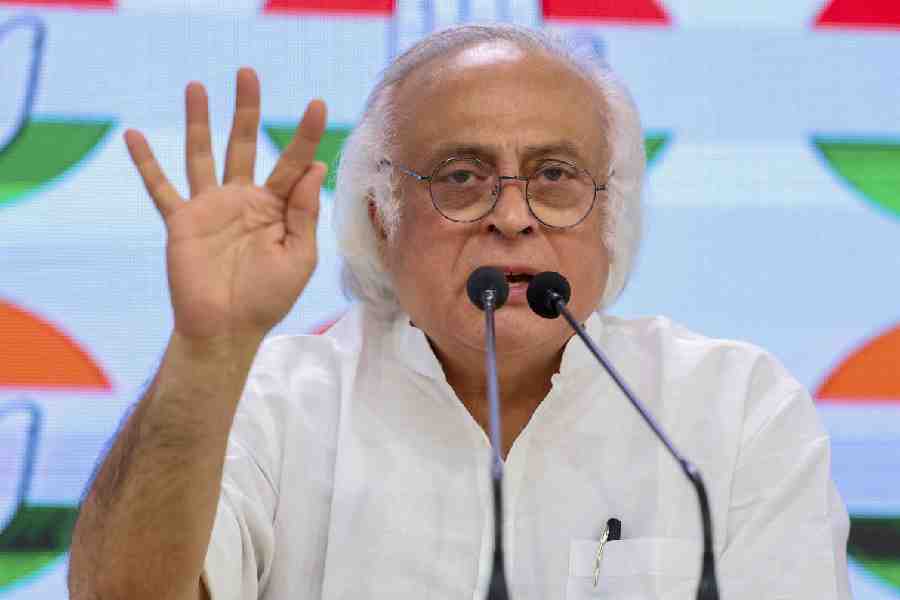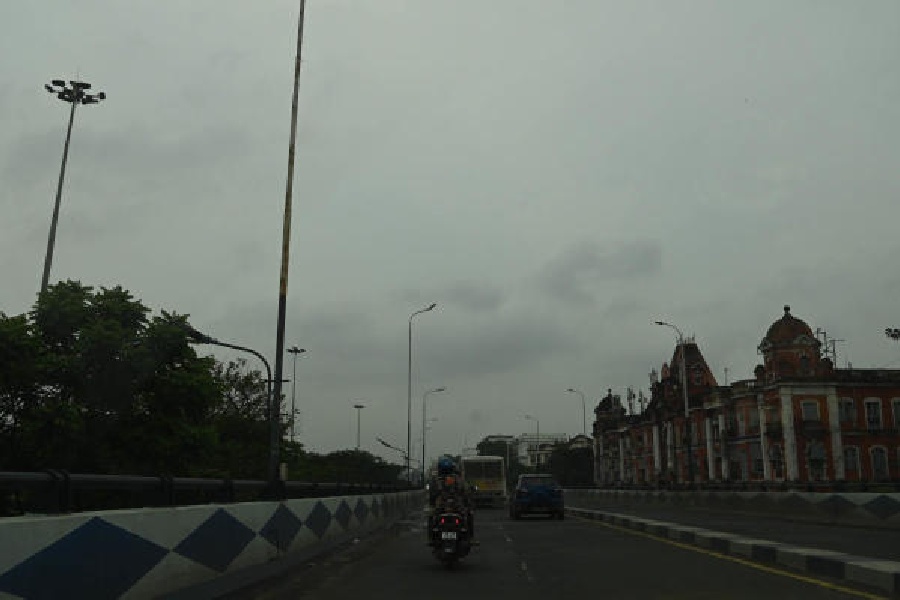.jpg)
For all the modern conveniences of smartphones and tablets with notetaking apps and touchscreen laptops where you’re supposed to be able to scribble down pages upon pages of notes, most folks I know haven’t warmed up to digital note-taking and still prefer the pen-and-pad approach. What if you could digitise your paper notes and to-dos without having to resort to scans or photos? Time to take note of Wacom Bamboo Spark and the Portronics Electropen 3.
Wacom’s known for its styluses and graphics tablets, and the Bamboo Spark represents its first attempt at a hybrid paper notepad that records your scribbles in digital form. Available in three configurations to hold either a phone, a small tablet, or an iPad Air 2, the Spark takes what looks like a standard looking ball-pen and combines it with a folio-style case that holds an A5 pad of paper.
.jpg)
The surface underneath the paper detects pen movements, and records all the strokes to memory. Once you have a full page of notes, all you need to do is to press the circular button on the centre of the folio and it will automatically sync over Bluetooth to the Bamboo Spark app on an iOS/Android smartphone or tablet. It works with practically any A5 pad, and doesn’t require special paper to track your notes.
Now, since the system depends on the pen and pad combo, you can’t swap it out for your favourite pen, and the A5-sized pad can be a bit cramped for extensive note taking or larger drawings. That aside, the system works very well for handwritten notes, the handwriting-to-text recognition is pretty accurate, and the whole process is so natural and intuitive that it encourages usage. Drawing is a bit of a hit-and-miss, since the pad isn’t good at capturing fine pen stokes, so it’s best for doodles as opposed to detailed sketches.
.jpg)
The Portronics Electropen 3 takes a slightly different approach to note-taking. Like the Spark, you don’t need special paper to digitise your notes, but with the Electropen 3, you need to clip on the small receiver to your notepad or a bunch of A4 (or smaller) sheets. The Electropen 3 app (Android-only) takes you through the pairing process and, once done, everything you write or draw starts appearing in real-time on the screen, albeit with a slight lag. You can import or capture an image to annotate it, or record a video of the drawing process with a voiceover recorded with the mic inside the pen. No pressure sensitivity though, and you must remember to save your scribbles before shutting the device down, else it gets lost.
Between the two, you get more features and versatility on the Portronics, not to mention you pay far less too, but the Wacom offers iOS compatibility and a far more refined experience for the extra cash.
Wacom Bamboo Spark
♦ Rating: 8/10
♦ Price: Rs 10,975
♦ URL: bit.ly/TT-BambooSpark
Portronics ElectroPen 3
♦ Rating: 8/10
♦ Price: Rs 5,499
♦ URL: bit.ly/TT-Electropen3
.jpg)
Smartly priced flagship
For a phone brand that’s barely three years old and three models in, OnePlus has an almost cult-like following and a solid reputation of delivering high-end hardware at mid-range prices. The OnePlus 3 then has its task cut out for it, but can it deliver?
Straight out of the box, you notice the biggest change to the OnePlus design language — the phone is an all-metal beauty, yet it’s a design that’s somewhat inspired by the legendary HTC One series of phones, what with the gentle curve and the thick antenna bands around the rear. Combined with the mildly curved Gorilla Glass 4, it’s a decidedly premium look, if a little understated. The 5.5in full-HD screen is an AMOLED number, with inky blacks and vibrant rich colours.
The screen isn’t as pixel-dense as the Samsung S7 flagships, which does deliver battery and performance benefits but detracts from the otherwise spectacular specifications on this device. Speaking of which, the OnePlus 3 runs Qualcomm’s latest top-end Snapdragon 820 chip with a mind-numbing 6GB of RAM — that’s more RAM than most basic laptops these days! The extra RAM allows the OnePlus to run several heavy apps at once, but frankly, it’s a bit of an overkill at the moment. Future proofing, possibly.
A fast, accurate fingerprint sensor, a bloat-free and much matured Oxygen OS and a 60 per cent-in-30-minutes fast charging battery that lasts the better part of a full day on heavy use rounds out what is a well thought-through and sorted flagship smartphone. The camera is a capable shooter, but tends to be a little inconsistent in low-light scenarios. Sure, it misses some tricks that expensive flagships pack in, but for the price, this is one heck of a smartphone and earns a solid recommendation.
♦ Rating: 9/10
♦ Price: Rs 27,999
♦ URL: bit.ly/TT-OnePlus3
.jpg)
Watching your back
Fancy your old car getting some modern-day smarts? The Pearl RearVision packs in dual HD cameras into a licence plate frame that can be installed in minutes and is powered by solar energy. An adapter plugs into your car’s on-board diagnostic (OBD) port and your phone becomes a screen for the rear cameras, intelligently alerting you to obstacles in your path with audio and visual alerts.
♦ Price: $499
♦ URL: bit.ly/TT-RearVision
technocool@kanwar.net; follow me on twitter @2shar

.jpg)








